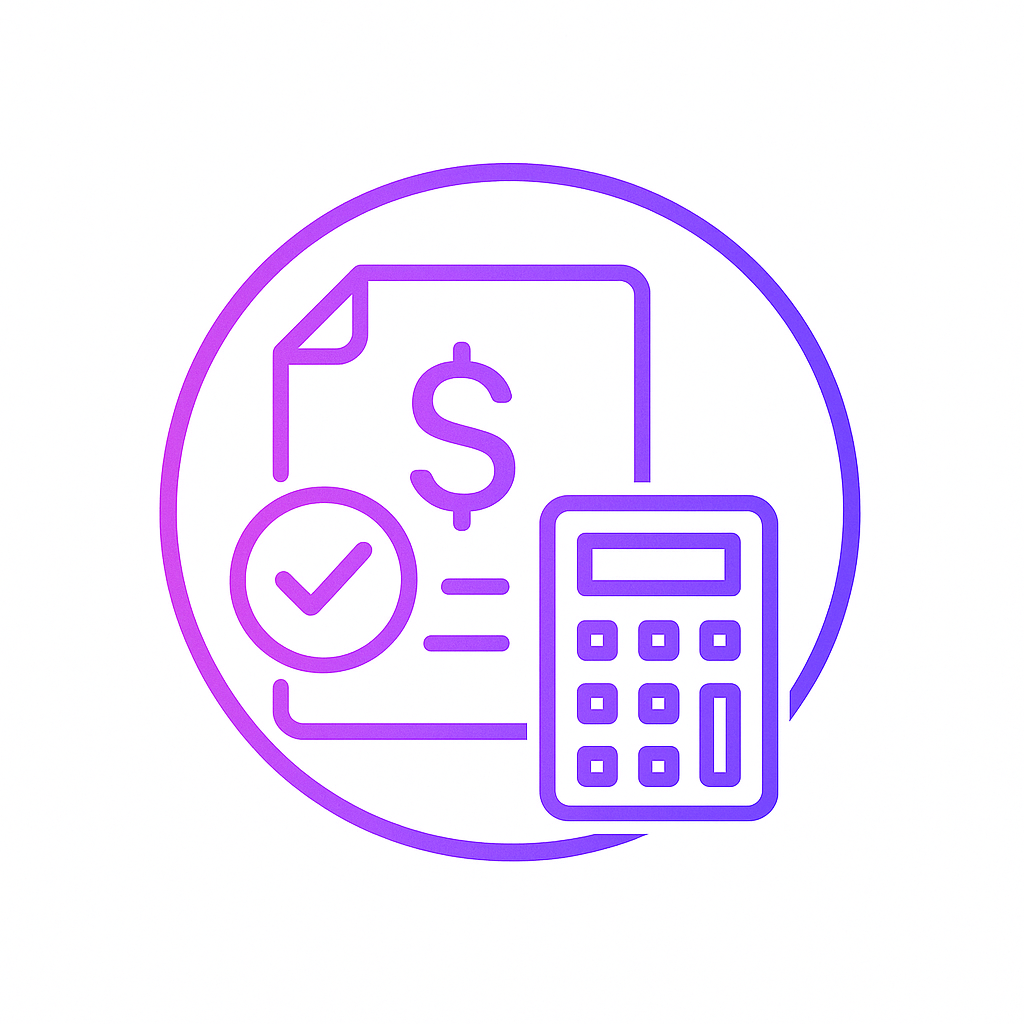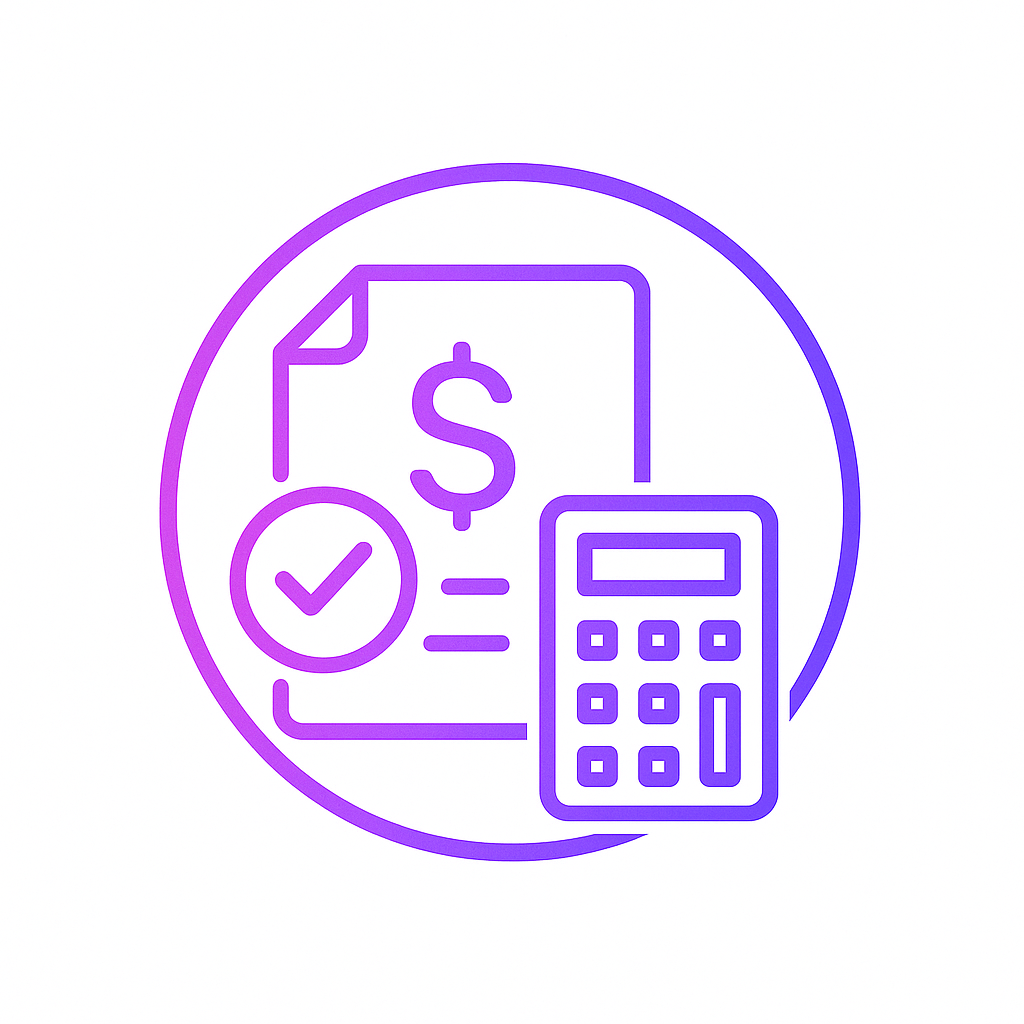

How to Write Off Everything the Smart Way — Keep More, Pay Less
1. What’s a “Tax Write-Off”?
-
It’s just an IRS-approved business expense that you deduct from your gross revenue.
-
Lower taxable income = lower tax bill.
2. Why Do Write-Offs Matter?
-
Save Money: Every $1 you write off reduces your taxable income by $1. If you’re in a 22% bracket, that’s $0.22 saved per dollar.
-
Reinvest in Growth: More cash left in your bank means you can buy gear, hire help, or boost marketing.
-
Stay Legally Compliant: Claim only legit expenses—no shady stuff—so you avoid penalties or audits.
3. How Write-Offs Actually Work
-
You Spend: e.g., $500 on a printer for your office.
-
You Track: Log it in your books under “Equipment.”
-
You Deduct: When filing, you list that $500 as a business expense.
-
You Pay Less Tax: If your net profit was $10,000, it becomes $9,500—and you’re taxed on that lower number.
4. “Ordinary & Necessary”—The Gold Standard
-
Ordinary: Common in your industry (e.g., a web developer’s software).
-
Necessary: Helpful and appropriate (doesn’t have to be essential, but it can’t be excessive luxury).
5. Common Small-Biz Deductions
-
Home Office
-
Must be used exclusively for work.
-
Calculate square footage ratio or use the IRS’s simplified rate.
-
Vehicle & Mileage
-
Track actual expenses or use the standard mileage rate (e.g., 65.5¢/mile for 2023).
-
Travel & Meals
-
100% of travel (flights, hotels) if business-related.
-
50% of meals when with clients or on the road.
-
Equipment & Supplies
-
Computers, tools, office supplies—either fully expensed (Section 179) or depreciated over time.
-
Software & Subscriptions
-
Cloud services, CRM tools, design apps.
-
Professional Fees
-
Legal advice, accounting, consulting.
-
Marketing & Advertising
-
Ads, business cards, website hosting.
-
Insurance Premiums
-
Liability, health insurance (if you’re self-employed).
-
Rent & Utilities
-
Office rent, coworking fees, portion of home utilities if you have a home office.
-
Salaries & Contractors
-
Wages paid to employees or 1099 payments to freelancers.
6. How to Claim Deductions
-
Keep Detailed Records:
-
Date, amount, purpose, who participated (for meals/entertainment).
-
Digital scans of receipts are fine—just back them up.
-
Use Accounting Software:
-
QuickBooks, Wave, or even a dedicated spreadsheet.
-
File the Right Forms:
-
Sole proprietors use Schedule C (Form 1040).
-
Partnerships, S-Corps, and LLCs have K-1s or 1120-S.
-
Consider Section 179 vs. Bonus Depreciation:
-
Section 179 lets you expense the full cost of qualifying assets up to limits.
-
Bonus depreciation covers 100% of qualified property placed in service.
7. Pitfalls & Audit Triggers
-
Over-claiming Personal Expenses:
-
Don’t write off your Netflix subscription—or that vacation—you went on for “research.”
-
Lousy Documentation:
-
No receipt? No deduction (unless it’s a tiny expense and you can justify it).
-
Mixing Personal and Business Funds:
-
Always use a separate bank account and credit card.
8. Next Steps for Beginners
-
Set Up a Simple System: Folder or app for receipts.
-
Estimate Quarterly Taxes: So you’re never hit with a surprise bill.
-
Talk to a Pro: Even one session with a CPA can save you more than it costs by spotting deductions you’d miss.
- Regular price
- $28.00 USD
- Sale price
- $28.00 USD
- Regular price
-
$56.00 USD - Unit price
- / per
